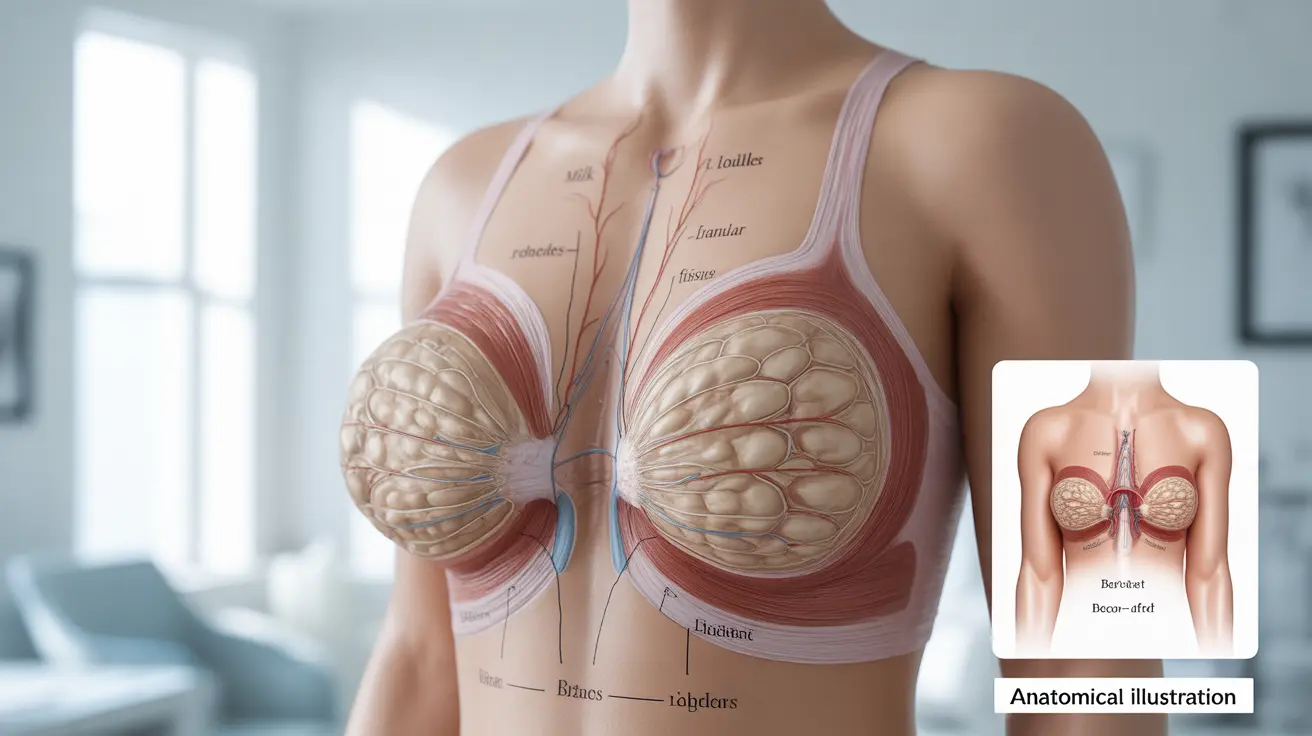A hunched back, medically known as kyphosis, affects millions of people worldwide and can significantly impact both physical health and emotional well-being. This spinal condition causes an exaggerated forward curvature of the upper back, creating a rounded or hunched appearance that can range from mild to severe.
While some degree of spinal curvature is normal and healthy, excessive kyphosis can lead to pain, breathing difficulties, and reduced quality of life. Understanding the causes, recognizing the symptoms, and exploring treatment options can help individuals take proactive steps toward better spinal health and improved posture.
Common Causes of Hunched Back
Age-Related Changes
As we age, the spine naturally undergoes changes that can contribute to a hunched back appearance. The vertebrae may compress, and the discs between them can lose height and elasticity. Additionally, age-related bone loss, particularly in postmenopausal women, can weaken the vertebrae and increase the risk of compression fractures that contribute to spinal curvature.
Congenital and Developmental Factors
Some individuals are born with spinal abnormalities that can lead to kyphosis. Scheuermann's disease, a condition that typically develops during adolescence, causes the vertebrae to grow unevenly, resulting in a wedge-shaped appearance that creates excessive curvature. This condition is more common in boys and often becomes noticeable during growth spurts.
Postural Issues and Lifestyle Factors
Poor posture habits, especially in our technology-driven world, can contribute to the development of a hunched back over time. Prolonged sitting, looking down at devices, and weak back muscles can gradually alter spinal alignment. While postural kyphosis is generally less severe than other types, it can still cause discomfort and aesthetic concerns.
Medical Conditions and Injuries
Various medical conditions can contribute to spinal curvature changes. Osteoporosis weakens bones and increases fracture risk, while conditions like muscular dystrophy can affect the muscles that support proper spinal alignment. Spinal infections, tumors, or traumatic injuries can also lead to kyphosis development.
Recognizing Symptoms Beyond Visible Curvature
Physical Discomfort and Pain
Many individuals with a hunched back experience varying degrees of back pain, particularly in the thoracic region. This discomfort may worsen with prolonged standing or sitting and can sometimes radiate to other areas of the body. Muscle fatigue and stiffness are also common complaints as the body works harder to maintain balance and posture.
Breathing and Digestive Issues
Severe kyphosis can compress the chest cavity, potentially affecting lung capacity and breathing efficiency. Some individuals may experience shortness of breath during physical activities or even at rest. The compressed torso can also impact digestive organs, occasionally leading to acid reflux or other gastrointestinal symptoms.
Neurological Symptoms
In more severe cases, spinal curvature changes can put pressure on the spinal cord or nerve roots. This may result in numbness, tingling, or weakness in the arms or legs. These neurological symptoms require immediate medical attention as they can indicate serious complications.
Physical Therapy and Conservative Treatment
Strengthening and Flexibility Exercises
Physical therapy plays a crucial role in managing hunched back conditions, particularly when the curvature is mild to moderate. Therapists design specific exercise programs that focus on strengthening the back extensors, core muscles, and postural stabilizers. Stretching exercises help improve flexibility in the chest and hip flexors, which often become tight in individuals with kyphosis.
Posture Training and Body Awareness
Physical therapists work with patients to develop better body awareness and teach proper posture techniques. This includes education about ergonomic workspace setup, proper lifting techniques, and daily activities that promote spinal health. Manual therapy techniques may also be employed to improve joint mobility and reduce muscle tension.
Breathing Exercises and Pain Management
For individuals experiencing breathing difficulties or pain, physical therapy can include specialized breathing exercises and pain management techniques. These interventions help maximize lung capacity and provide strategies for managing discomfort during daily activities.
Surgical Intervention: When and How
Indications for Surgery
Surgery for hunched back conditions is typically reserved for severe cases where conservative treatments have failed and the condition is progressing or causing significant functional impairment. Candidates for surgery often have curvatures exceeding 70-80 degrees, experience severe pain that doesn't respond to other treatments, or have neurological symptoms indicating spinal cord compression.
Surgical Procedures
The most common surgical approach for severe kyphosis is spinal fusion, where vertebrae are permanently joined using bone grafts and metal hardware such as rods, screws, and hooks. This procedure aims to correct the curvature and prevent further progression. In some cases, vertebroplasty or kyphoplasty may be performed to treat compression fractures by injecting cement into damaged vertebrae.
Recovery and Outcomes
Recovery from spinal surgery is typically lengthy, often requiring several months of healing and rehabilitation. Most patients experience significant improvement in pain levels and curvature correction, though complete restoration of normal spinal alignment may not always be possible. Success rates are generally high when patients are carefully selected and follow post-operative care instructions.
The Role of Posture in Hunched Back Development
Understanding Postural Kyphosis
Poor posture can indeed contribute to the development of a hunched back, though it typically results in a less severe form called postural kyphosis. This type of curvature is often flexible, meaning it can be partially corrected when the person consciously straightens their posture or lies flat on their back.
Prevention and Correction Strategies
Preventing posture-related hunched back involves maintaining awareness of body positioning throughout the day. Regular breaks from sitting, ergonomic workspace adjustments, and strengthening exercises can help prevent postural deterioration. For existing postural kyphosis, consistent effort to improve posture, combined with targeted exercises, can lead to significant improvements.
Creating a comprehensive approach that includes regular physical activity, proper sleep positioning, and stress management can also support overall spinal health and reduce the risk of developing postural problems.
Frequently Asked Questions
What are the most common causes of a hunched back in adults and children?
In adults, the most common causes include age-related spinal changes, osteoporosis-related compression fractures, and poor posture habits developed over time. In children and adolescents, Scheuermann's disease is a primary cause, along with congenital spinal abnormalities and postural issues related to prolonged device use and sedentary lifestyles.
What are the typical symptoms of kyphosis besides a rounded or hunched back?
Common symptoms include back pain and stiffness, muscle fatigue, and reduced flexibility. In more severe cases, individuals may experience breathing difficulties due to chest compression, digestive issues, and neurological symptoms such as numbness or weakness in the extremities. Some people also report decreased height and difficulty with balance.
How can physical therapy help improve a hunched back posture?
Physical therapy addresses hunched back through targeted strengthening exercises for back and core muscles, flexibility training to reduce tightness in chest and hip muscles, and posture education. Therapists also provide manual therapy techniques, ergonomic training, and breathing exercises to improve overall function and reduce pain associated with the condition.
When is surgery needed for a hunched back, and what does the procedure involve?
Surgery is typically recommended for severe curvatures exceeding 70-80 degrees, progressive worsening despite conservative treatment, severe pain that doesn't respond to other therapies, or neurological complications. The most common procedure is spinal fusion, which involves connecting vertebrae using bone grafts and metal hardware to correct curvature and prevent further progression.
Can poor posture really cause a hunched back, and how can it be corrected?
Yes, poor posture can contribute to developing a hunched back, particularly postural kyphosis, which is often flexible and correctable. Correction involves consistent posture awareness, ergonomic improvements, regular strengthening and stretching exercises, and lifestyle modifications such as taking frequent breaks from sitting and using proper sleep positioning.




